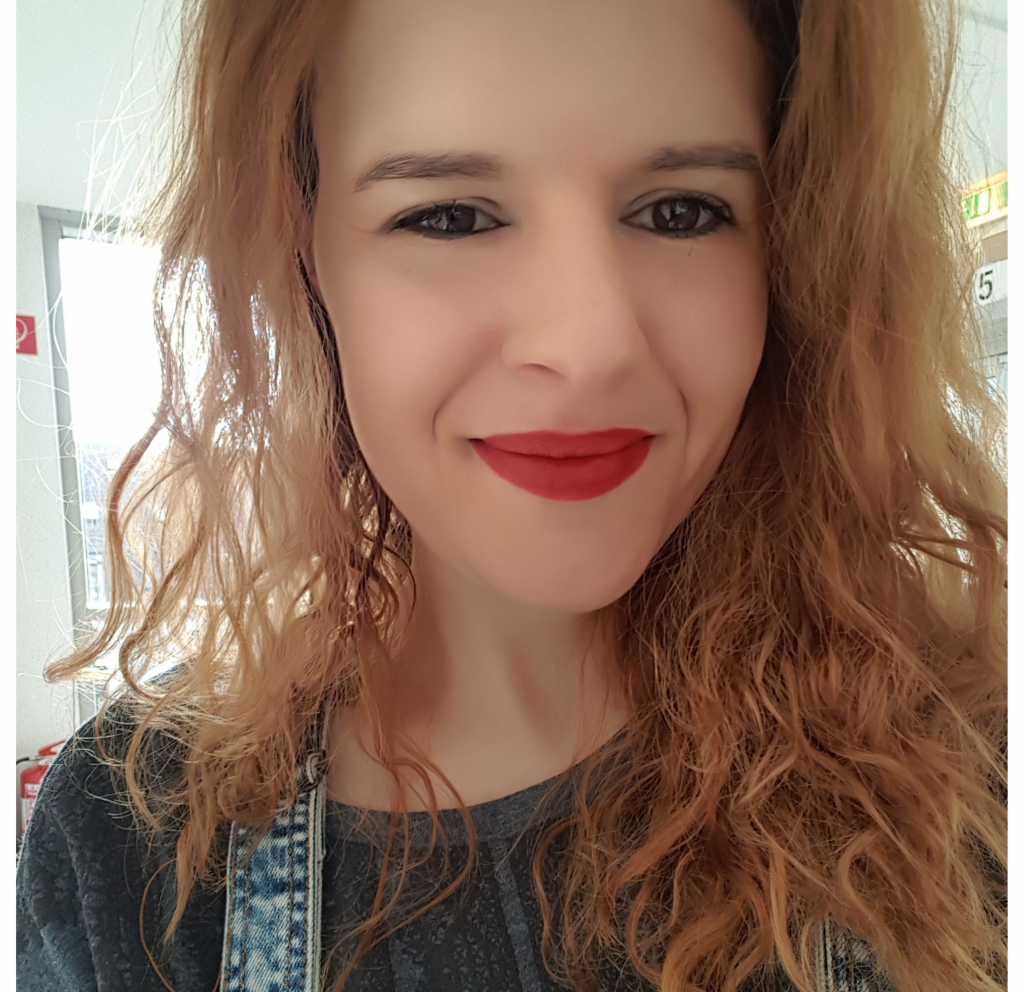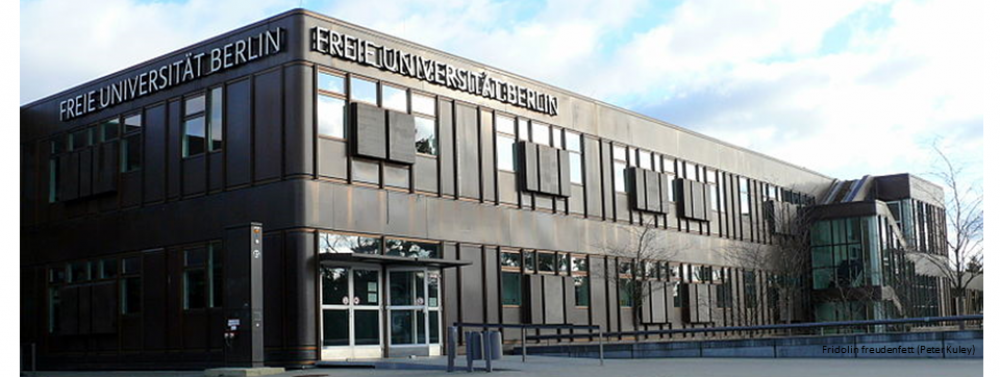Phylogenetic analysis using R (7th April)
Build phylogenetic trees using R package “ape” as a methodology to infer phylogenetic relationships from multiple viral genome alignments. By Clara Isabel Bermudez Santana, National University of Colombia, Colombia

Clara joined in 2005 as assistant professor at the Department of Biology, Universidad Nacional de Colombia. Since 2011 she was promoted as associate professor. Her main research topics are RNAs as key regulators of the expression of gene mainly associated with innovations in morphology, complex systems and in neurodegeneration. Her lab also works in viromics and comparative genomics of RNA viruses. Keywords: RNAs, comparative genomics
Network analysis (8th April)
Analysis gene networks based on expression data and protein-protein interactions. By Deisy Gysi, CCNR – Northeastern University, US

Deisy is a Postdoctoral Researcher Associated at the BarabasiLab @ Center for Complex Network Research (CCNR – Northeastern University) and a Research Trainee at Channing Division of Network Medicine (Harvard Medical School / Brigham and Women’s Hospital), and she’s mostly interested in biomarker discovery and drug repurposing for complex diseases. Keywords: Big Data, biomarker, network science.
Molecular docking using AutoDock Vina (8th April)
Predictiction of the interaction between a protein and a small ligand or inhibitor. It is usually used in drug design projects to find potential inhibitors of a protein target of interest. By Rui Miguel Vaz de Abreu, Polytechnic Institute of Bragança, Portugal

Rui is an Adjunct Professor at Polytechnic Institute of Bragança (IPB, Portugal) and is currently the Coordinator of the Research Topic “Natural and bio-based ingredients” in the Mountain Research Centre (CIMO). His main research interests include study of antioxidant, antitumoral and antiangiogenic activities of synthetic/natural compounds; and the development and application of cheminformatics tools to predict inhibition activity of natural/synthetic compounds against protein targets of pharmacological interest. Keywords: molecular docking, MD simulations, QSAR analysis
Structural variation analysis with long reads – an avian example (9th April)
Structural variation in crows and jackdaws, covering data handling, assembly, read mapping and downstream analysis. By Matthias Weissensteiner, Pennsylvania State University, US

Matthias is an evolutionary geneticist and has obtained his PhD from Uppsala University (Sweden). Currently, he is a Postdoctoral scholar in the lab of Professor Kateryna Makova at Penn State University (USA) working on the evolution of
alternative DNA structures. He is broadly interested in evolution, genome structure and repetitive DNA. Keywords: Population genetics, bird banding
